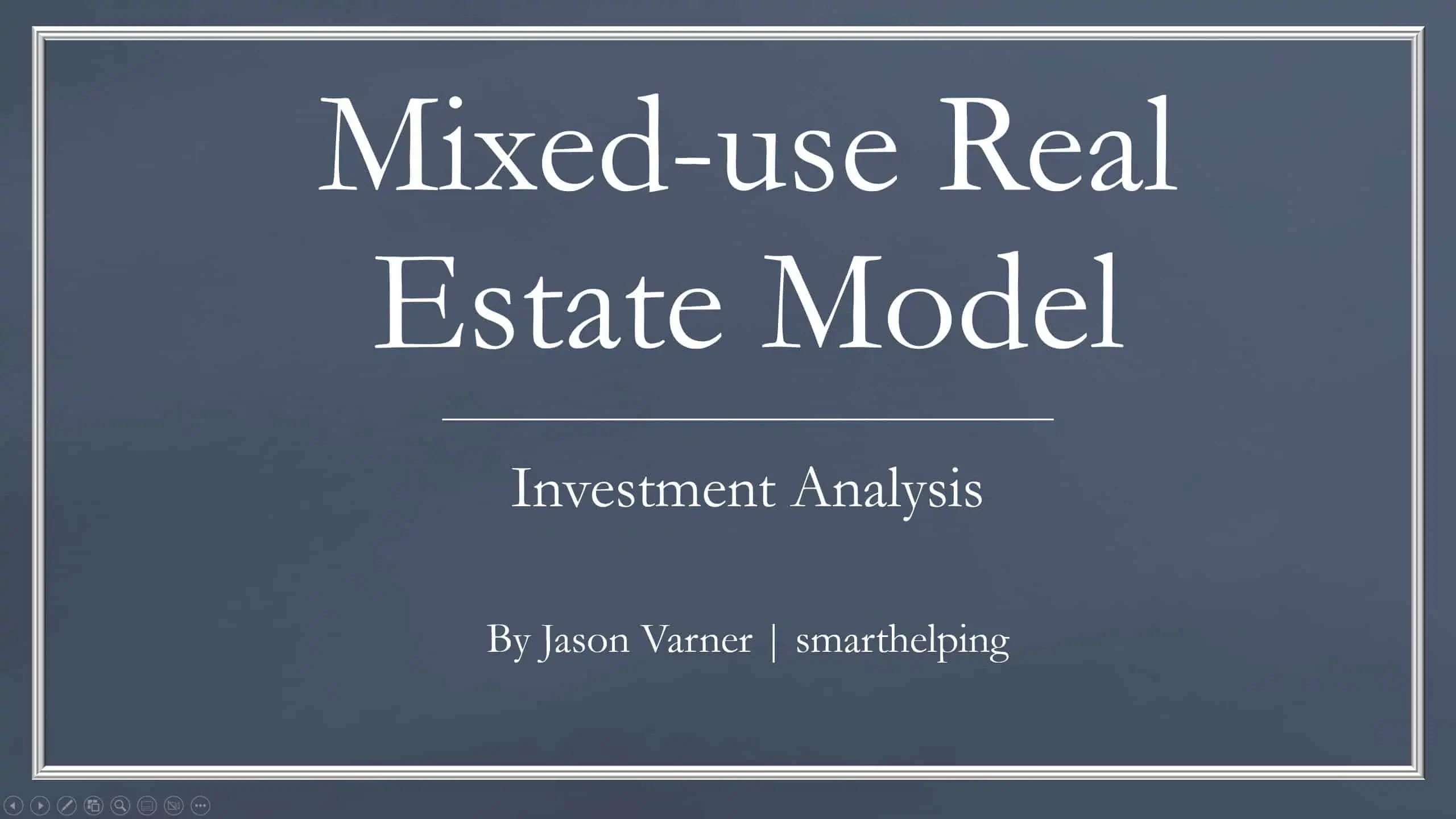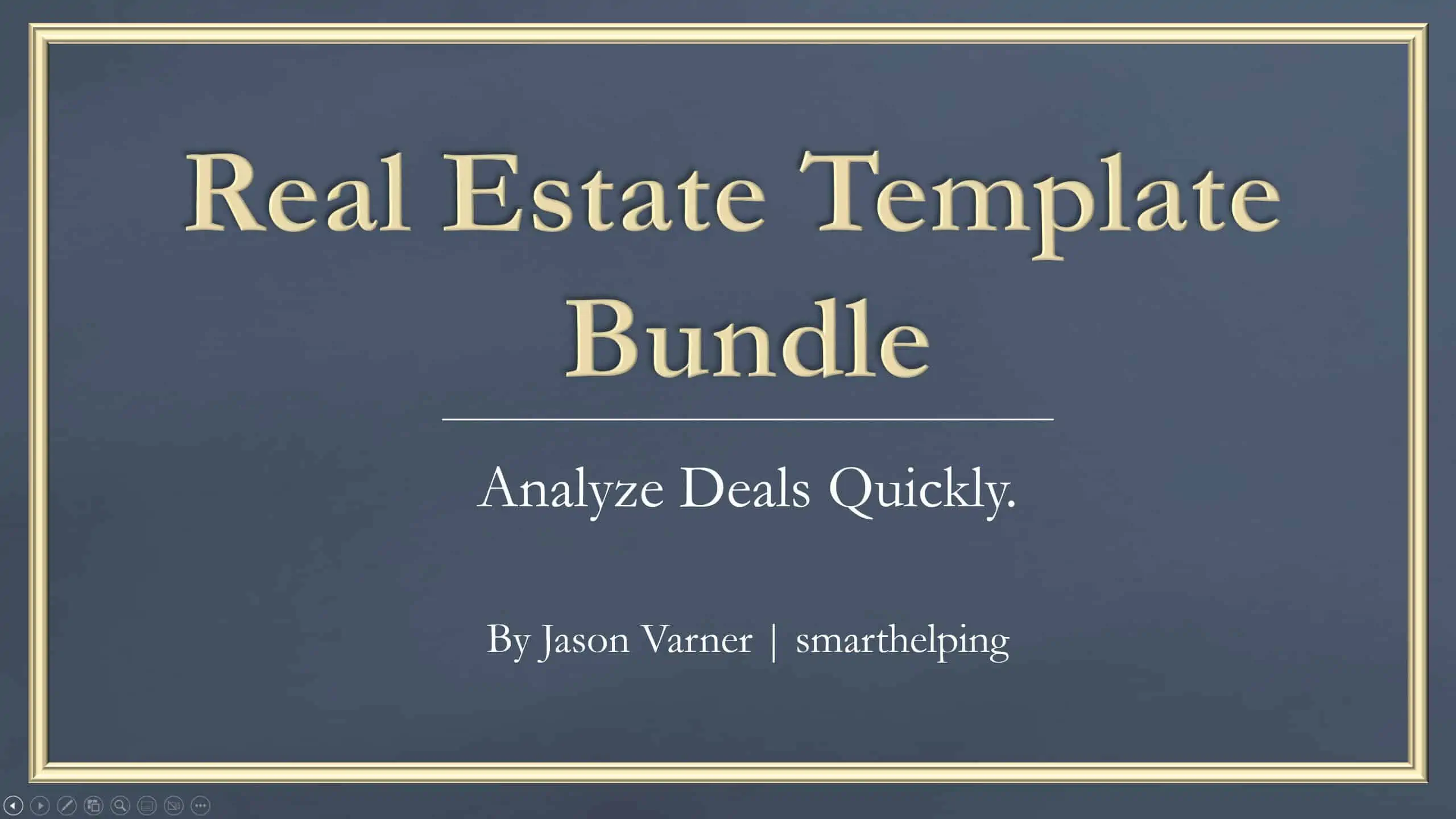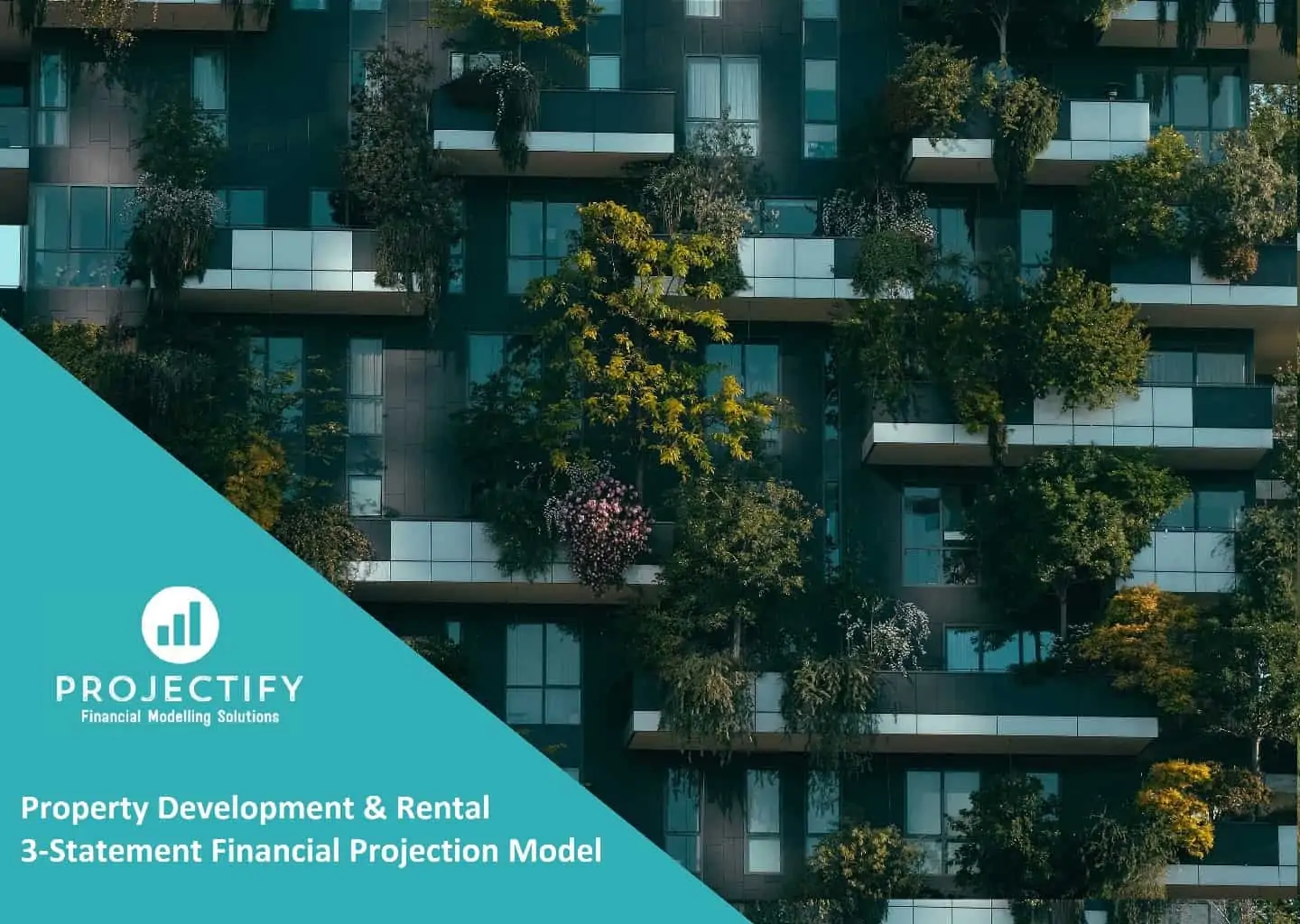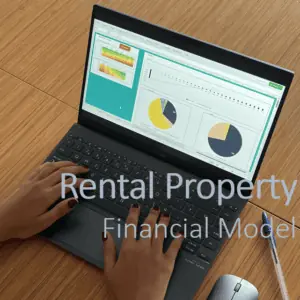Short-term Rental (Airbnb) Financial Model
A professional model for residential property acquisition, renovation and short-term rent
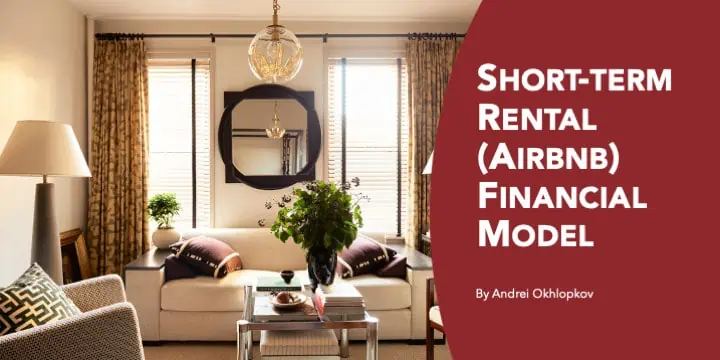
This is a detailed, well-structured and transparent cash flow model for the acquisition and short-term rent of residential real estate properties (apartments, houses). The model features clear navigation, color codes, and error checks.
With this model, you can analyze any number of properties from one to ten. All property units are analyzed independently and individually, and together as a fund. If needed, the number of properties can be extended rather easily.
The model includes numerous inputs and assumptions, which makes it very flexible in analyzing sensitivities. You can change them to see the effect on profitability, cash flows, and every unit’s financial performance.
The model produces the cash flow statements at the asset and investor levels. it also calculates key profitability metrics (IRR, cash-on-cash (CoC) multiple, gross return, DSCR, peak equity required amount and date) by property and on a total basis.
This is a comprehensive model which you can use for your own investment analysis and to present to prospective investors (banks or private equity institutions). You can also use it as a budgeting tool.
The calculations are accompanied by professionally designed magazine-quality charts to illustrate the findings of the analysis.
The model includes the following investment stages:
1. Funding. The model assumes the investments will be financed by equity and debt. Loan parameters (amount borrowed, interest rate, amortization period) can be set individually for every property unit.
2. Acquisition. For every property unit, you can set the date of acquisition, acquisition price, broker’s fees, and commissions.
3. Renovation and furnishing. You can choose the cost of renovation (if required), and the amount of time it will take. The model also takes into account the cost of furnishing.
4. Operation. This section has a lot of flexibility. For every property unit, you can set the nightly rates and the number of nights occupancy by month through the year to reflect the effect of seasonality. You can also specify Homeowners Association (HOA) fees, utility and cleaning costs, and annual property taxes. The model allows your assumptions on rent indexation and cost inflation.
5. Sale. It is assumed the properties will be sold after a certain period. This is needed for valuation and for making a complete picture of the business. Again, the holding period and exit cap rates are set individually on a property-by-property basis.
Similar Products
Other customers were also interested in...
Mixed-Use Real Estate Model: Leverage / JV Options
A general real estate model to plan all assumptions for up to 7 'uses' for a given property. Include... Read more
Real Estate Financial Model Bundle
This is a collection of financial model templates that provides the financial projections and valuat... Read more
Property Development & Rental Financial Proje...
3-Statement 5-year rolling projection model with a valuation for new or existing business developing... Read more
Multi (20) AIRBNB Acquisition and/or Portfolio Mod...
This AIRBNB 20 model will assist you in evaluating up to 20 x propositions simultaneously and compar... Read more
Real Estate Acquisition Portfolio Model (Buy ̵...
Real Estate Acquisition Portfolio Model consists of a financial model in excel and an investment pro... Read more
Rental Property Financial Model
The Rental Property financial model template, forecasts a rental property's expected financials 30 y... Read more
Real Estate Portfolio Dashboard Model
Real Estate Portfolio Dashboard model presents a series of dashboards that will allow the user to ch... Read more
Rental Property (Airbnb – Real Estate) Finan...
Powerful Real Estate Rental Property Financial Model for Informed Decision-Making, Ideal for Startup... Read more
Residential “Build & Sell” Financial Model
This is a detailed, well-structured and transparent cash flow model for the development of a multi-f... Read more
Multi-Family Apartment Complex – Acquisition...
General Overview Advanced financial model presenting an acquisition scenario for a Multi-family A... Read more
You must log in to submit a review.






















